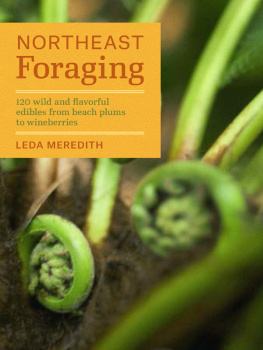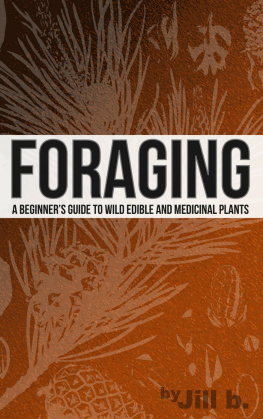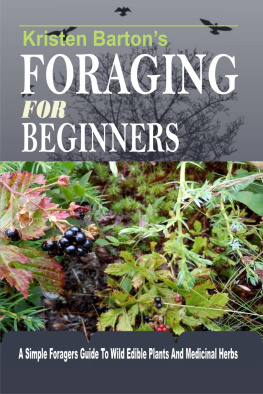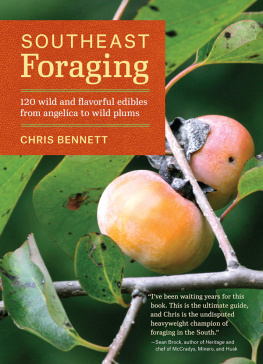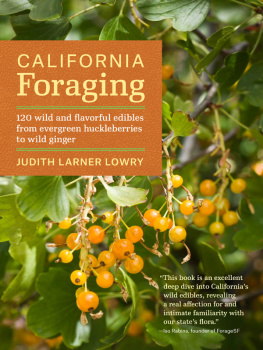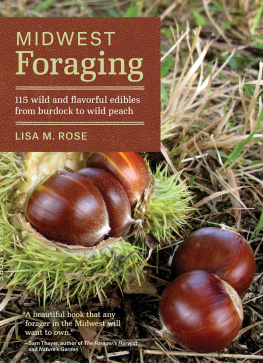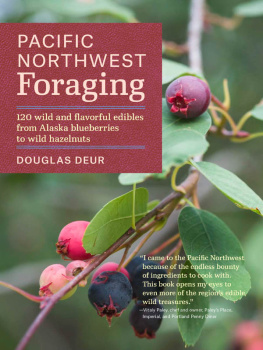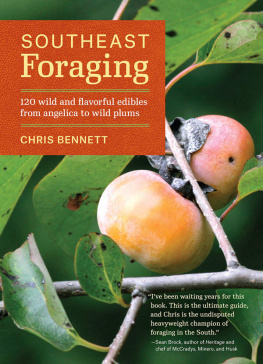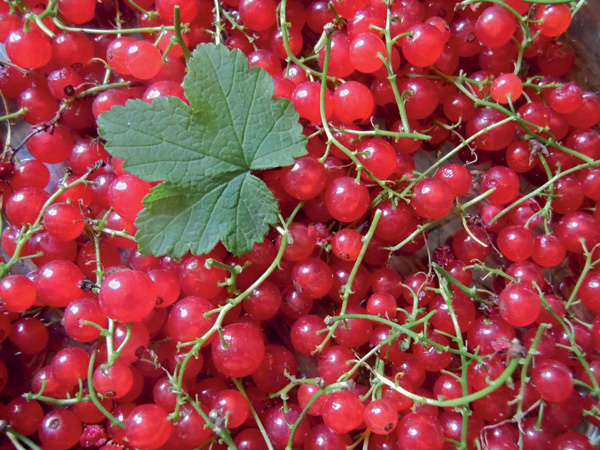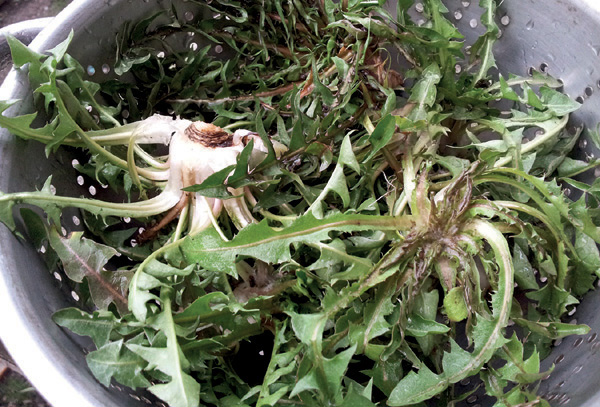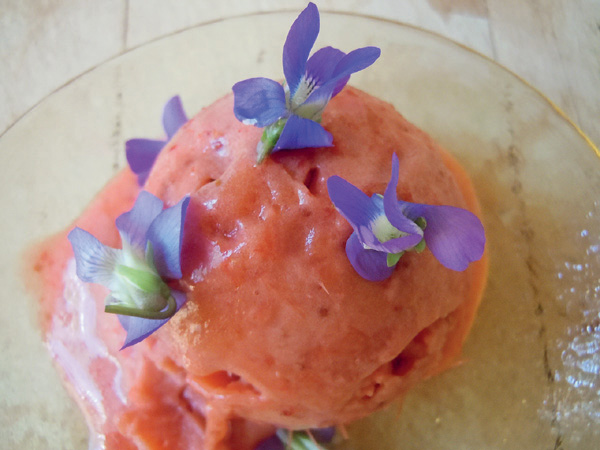Meredith L. - Northeast Foraging: 120 Wild and Flavorful Edibles from Beach Plums to Wineberries
Here you can read online Meredith L. - Northeast Foraging: 120 Wild and Flavorful Edibles from Beach Plums to Wineberries full text of the book (entire story) in english for free. Download pdf and epub, get meaning, cover and reviews about this ebook. genre: Science. Description of the work, (preface) as well as reviews are available. Best literature library LitArk.com created for fans of good reading and offers a wide selection of genres:
Romance novel
Science fiction
Adventure
Detective
Science
History
Home and family
Prose
Art
Politics
Computer
Non-fiction
Religion
Business
Children
Humor
Choose a favorite category and find really read worthwhile books. Enjoy immersion in the world of imagination, feel the emotions of the characters or learn something new for yourself, make an fascinating discovery.
- Book:Northeast Foraging: 120 Wild and Flavorful Edibles from Beach Plums to Wineberries
- Author:
- Genre:
- Rating:3 / 5
- Favourites:Add to favourites
- Your mark:
Northeast Foraging: 120 Wild and Flavorful Edibles from Beach Plums to Wineberries: summary, description and annotation
We offer to read an annotation, description, summary or preface (depends on what the author of the book "Northeast Foraging: 120 Wild and Flavorful Edibles from Beach Plums to Wineberries" wrote himself). If you haven't found the necessary information about the book — write in the comments, we will try to find it.
Northeast Foraging is a hardworking guide packed with detailed information and clear photography for the safe identification of more than 120 wild plants. It also features a seasonal guide for foraging year-round and collecting tips for sustainable harvesting. It is applicable to New York, Connecticut, Massachusetts, Maine, New Hampshire, Vermont, Pennsylvania, New Jersey, Maryland, Delaware, Rhode Island, Ontario, and Quebec.Contents:
Preface: Confessions of a Lifelong Forager.
Foraging Well: An Introduction.
Wild Harvests Season by Season.
Wild Edible Plants of the Northeast.
Amaranth.
American Hazelnut, Filbert.
American Persimmon.
Apple.
Asiatic Dayflower.
Asparagus.
Basswood, Linden.
Beach Plum.
Beebalm, Bergamot.
Birch.
Blackberry.
Black Cherry.
Black Nightshade.
Black Raspberry.
Black Walnut.
Blueberry.
Burdock.
Butternut.
Cattail.
Chickweed.
Chicory.
Common Mallow.
Cornelian Cherry.
Cow Parsnip.
Crabapple.
Cranberry.
Curly Dock.
Currant.
Dandelion.
Daylily.
Eastern Redbud.
Elderberry.
Epazote.
Evening Primrose.
False Solomons Seal.
Field Garlic.
Fragrant Sumac.
Garlic Mustard.
Ginkgo.
Glasswort, Samphire, Sea Bean.
Goldenrod.
Goutweed, Bishops Elder.
Grape.
Greenbrier.
Hawthorn.
Henbit.
Hickory.
Highbush Cranberry.
Honewort.
Hopniss, Groundnut.
Japanese Knotweed.
Jerusalem Artichoke, Sunchoke.
Jewelweed.
Juneberry, Serviceberry.
Juniper.
Ladys Thumb.
Lambs Quarters.
Lotus.
Maple.
Mayapple.
Melilot, Sweet Clover.
Milkweed.
Mint.
Mugwort, Cronewort.
Mulberry.
Mustard.
Nettle.
New England Aster.
Northern Bayberry.
Oak.
Ostrich Fern.
Oxeye Daisy, Marguerite.
Parsnip.
Pawpaw.
Peach.
Pear.
Peppergrass.
Pickerelweed.
Pineappleweed.
Plantain.
Pokeweed.
Purple-Flowering Raspberry.
Purslane.
Quickweed.
Ramps, Wild Leek.
Red Clover.
Red Raspberry.
Rose.
Salsify, Oyster Plant.
Saltbush, Orache.
Sassafras.
Sheep Sorrel.
Shepherds Purse.
Shiso, Beefsteak Plant.
Siberian Elm.
Silverberry, Autumn Olive, Autumnberry.
Solomons Seal.
Sow Thistle.
Spicebush.
Sumac.
Sweet Fern.
Thistle.
Trout Lily, Fawn Lily, Dog Tooth Violet.
Violet.
Wapato, Arrowhead, Katniss.
Watercress.
White Clover.
Wild Carrot, Queen Annes Lace.
Wild Ginger.
Wild Lettuce.
Wild Plum.
Wild Strawberry.
Wineberry.
Wintercress.
Wintergreen.
Wood Sorrel.
Yarrow.
Metric Conversions.
Useful Internet Resources for Foragers.
Useful Books for Foragers.
Useful Tools for Foragers.
Acknowledgments.
Photography Credits.
Index.
Meredith L.: author's other books
Who wrote Northeast Foraging: 120 Wild and Flavorful Edibles from Beach Plums to Wineberries? Find out the surname, the name of the author of the book and a list of all author's works by series.

